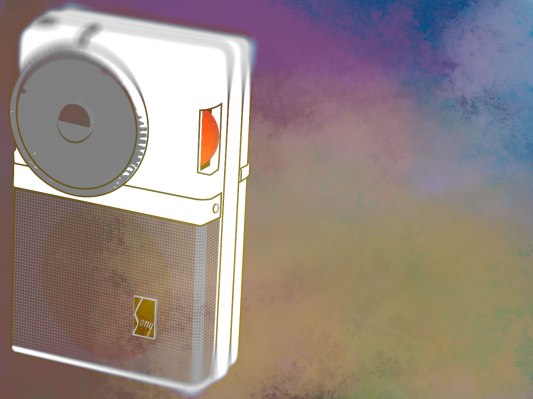The PlayStation. The Walkman. The Trinitron. The transistor radio. All icons in Sony’s storied history from an era when the Japanese giants still roamed the earth. The Sony of today is not like the Sony of yesterday. For every memorable blockbuster, there’s an infamous flub: The late embrace of MP3, losing its hold on the digital imaging market and of course, failing to attract adoption to Betamax, UMD, MemoryStick, and endless other formats and systems.
The Sony of today is a bloated industrial machine barely holding together. It’s worn out and slowed to a crawl. The once innovative company now follows instead of leads. It’s playing catch-up instead of breaking new ground. But things are changing.
The Sony of tomorrow is looking leaner than ever. It doesn’t look like the Sony of old with total market dominance, but for the first time in ages, Sony is becoming a competitor.
Sony’s harsh reaction to bloat is not the exception throughout the electronics world. HP is being crushed under its own weight. Samsung makes everything from semiconductors to home appliances to 50 ton war machines. Dell is shedding employees as it streamlines the only thing you get from a brand name PC these days – service.
During the 1980s, after the launch of the Walkman and Trinitron, the market crashed. Sony was in crisis. But it weathered the storm, and as most companies that survive global recessions, emerged stronger than ever. Co-founder Akio Morita took the reins in 1989 and set about to diversify Sony’s business, likely as a shelter against future crashes. It was under Morita that Sony’s brand took a hit. New SKUs flooded the market as Sony grew. His venture into producing movies stumbled for a few years. The Sony name no longer held the same cachet it once did.
Sony grew during these years, but not in a way that set it up for future dominance.
Sir Howard Stringer took over the company in 2005. He was the first foreigner to take over the Japanese company. Attempting to tighten the belt of the bulging company, he cut 9,000 jobs under his tenure. When Kazuo Hirai succeeded Stringer in 2012, Sony’s brand was in tatters. Once holding over 20 percent of the digital imaging market, it had slipped to around 5%. Mobile was the future and at that time Sony was not correctly positioned in the market. Their events were strange amalgams of star watching (they’d trot out Will Smith and Tom Hanks and other greats at CES just to wake up journalists during their interminable presentations) and ham-handedness.
Kaz quickly set to reinvent Sony by focusing the company on mobile, imaging and gaming. This ambitious strategy notably excluded some of Sony’s older strengths including TVs and home entertainment. Kaz also quickly set out to cut the company’s headcount, and during his first two years at the helm he eliminated at least 12,000 employees. On the heels of a disastrous financial forecast, Sony announced this week intentions to cut another 5,000.
In late 2012 Sony killed its venture with Ericsson which had yet to acquire a competitive share of the mobile market. Sony announced the PS4 in early 2013, which saw a blockbuster launch later that year. Sony also offloaded Gracenote two days before Christmas 2013. In the early days of 2014, Sony sold its PC business, exited the ebook market and repositioned its TV division after 10 years of losses.
Just this week Sony Corp. unexpectedly forecasted a $1.1 billion annual loss. Some investors and analysts have requested Sony completely leave the consumer electronics market, yet the company stands by its efforts in mobile, imaging, and games.
Give Sony credit. Over the last few years, Sony has released notable cell phones, cameras and gaming advancements. The company states that it has seen a significant increase in sales of smartphones. Sony is currently the third largest camera marker after Canon and Nikon and its recent photo products are stunning. Then there’s the PS4, which launched to blockbuster numbers and is currently riding high on consumer sentiment.
Sony still has cutting to do. The company is forecasting another $1.1 billion loss in 2014. It’s clear Kaz and Co. are willing to make the hard call and cut off underperforming divisions. But can they do it fast enough? There are still a gazillion SKUs sold under the Sony brand. With the right focus, the Sony of tomorrow could be as strong as the Sony of the past, but that takes dedication, a desire to slice and dice accreted business units, and a lot of vision.
Sony had all of that, long ago. Can it get it back?
